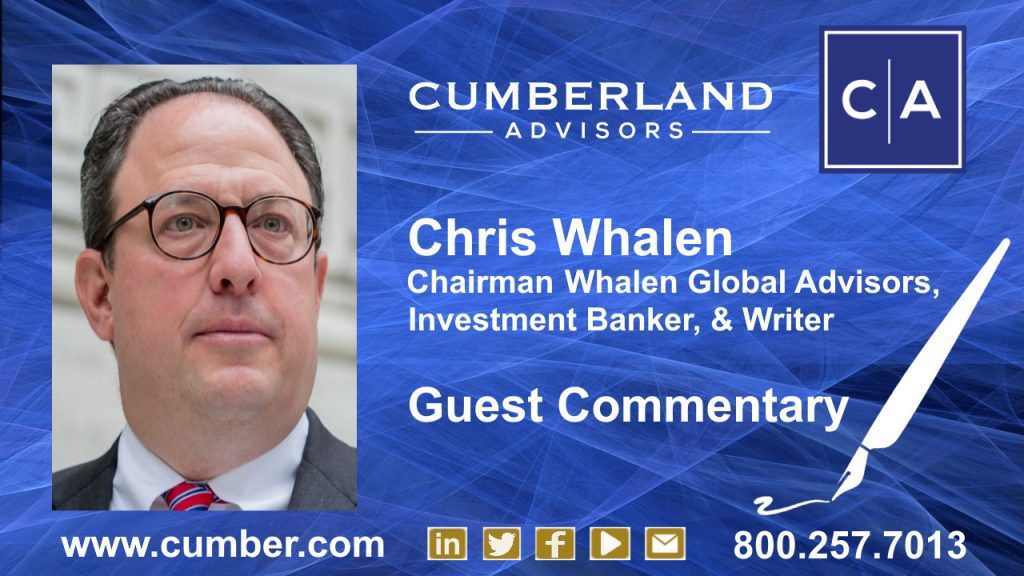My friend Chris Whalen opened his Feb. 9 missive with profound words: “Don't Fight the Fed – Yet” (https://www.theinstitutionalriskanalyst.com/post/don-t-fight-the-fed-yet).

Here’s why we fully concur. Bullets follow.
1. The Federal Reserve’s policy is clear: above 2% inflation on a sustained averaging trajectory, as measured by year-over-year PCE. We are at least two years away from that and maybe a lot longer.
2. US Treasury will run down its cash balance at the Fed by about $1 trillion over the next 6–9 months, which means sterilized cash moves to unsterile cash as a liquidity addition in banks and in MM funds.
3. Cross-currency interest-rate swaps (XCCY) facilitate that the Fed’s stimulus distribution is worldwide, not just in the US.
4. The Fed’s stimulus joins that of other central banks doing similar things worldwide.
5. The Fed’s announced asset purchase program will absorb most or nearly all of net additional federal government’s debt issuance for 2021 which means that markets don’t have to absorb it.
6. America’s banks will receive more excess reserves until they are full and as long as they don’t have to incur higher capital costs. To avoid those higher costs the banks will alter their behavior and that means the excess money ends up in repo and through Money Market funds. The finest research work I’ve read on this subject is Zoltan Pozsar’s reports from Credit Suisse.
7. The Fed will not permit interest rates to go negative. Fed officials know how counterproductive and dangerous that would be. One need only watch the Eurozone and its neighbors to conclude that extraction from negative rates is a nearly insurmountable task.
8. Fed funds will trade in a single-digit window of between 2–3 basis points low and 6–8 bps high. SOFR will define the lower bound as it displaces LIBOR. IOER will be 0.25% for at least two years.
9. The Fed will be extremely cautious about tapering. They remember the “taper tantrum” and don’t want to repeat it.
10. The Fed will permit asset inflation, because it is focused on the real economy and wants to see restoration of labor income. So working folks and those seeking work get priority under this Fed’s policy. The Fed knows such a policy raises asset prices. So be it. The Fed needs to see 10 million more people back in the US labor force and earning money before the policy can change. Warning: instead of the unemployment rate look at the employment population ratio and the labor participation rate to get a sense of where Fed policy originates. And remember that the US population is shrinking thanks to COVID deaths (and long haul sickness) combined with Trump’s lack of immigration policy.
That is why my friend Chris Whalen is correct: Don’t fight the Fed – yet! Stocks worldwide have an upward trajectory with higher volatility along the way. At Cumberland we’re in it. Bonds strategies must barbell as globally arbitraged yield curves steepen. At Cumberland we barbell.
As the sage economist Yogi Berra said, “It ain’t over till it’s over” (“How people started saying 'It ain't over till it's over',” https://www.bbc.com/news/magazine-34324865).
David R. Kotok
Chairman of the Board & Chief Investment Officer
Email | Bio
Links to other websites or electronic media controlled or offered by Third-Parties (non-affiliates of Cumberland Advisors) are provided only as a reference and courtesy to our users. Cumberland Advisors has no control over such websites, does not recommend or endorse any opinions, ideas, products, information, or content of such sites, and makes no warranties as to the accuracy, completeness, reliability or suitability of their content. Cumberland Advisors hereby disclaims liability for any information, materials, products or services posted or offered at any of the Third-Party websites. The Third-Party may have a privacy and/or security policy different from that of Cumberland Advisors. Therefore, please refer to the specific privacy and security policies of the Third-Party when accessing their websites.
Sign up for our FREE Cumberland Market Commentaries
Cumberland Advisors Market Commentaries offer insights and analysis on upcoming, important economic issues that potentially impact global financial markets. Our team shares their thinking on global economic developments, market news and other factors that often influence investment opportunities and strategies.

